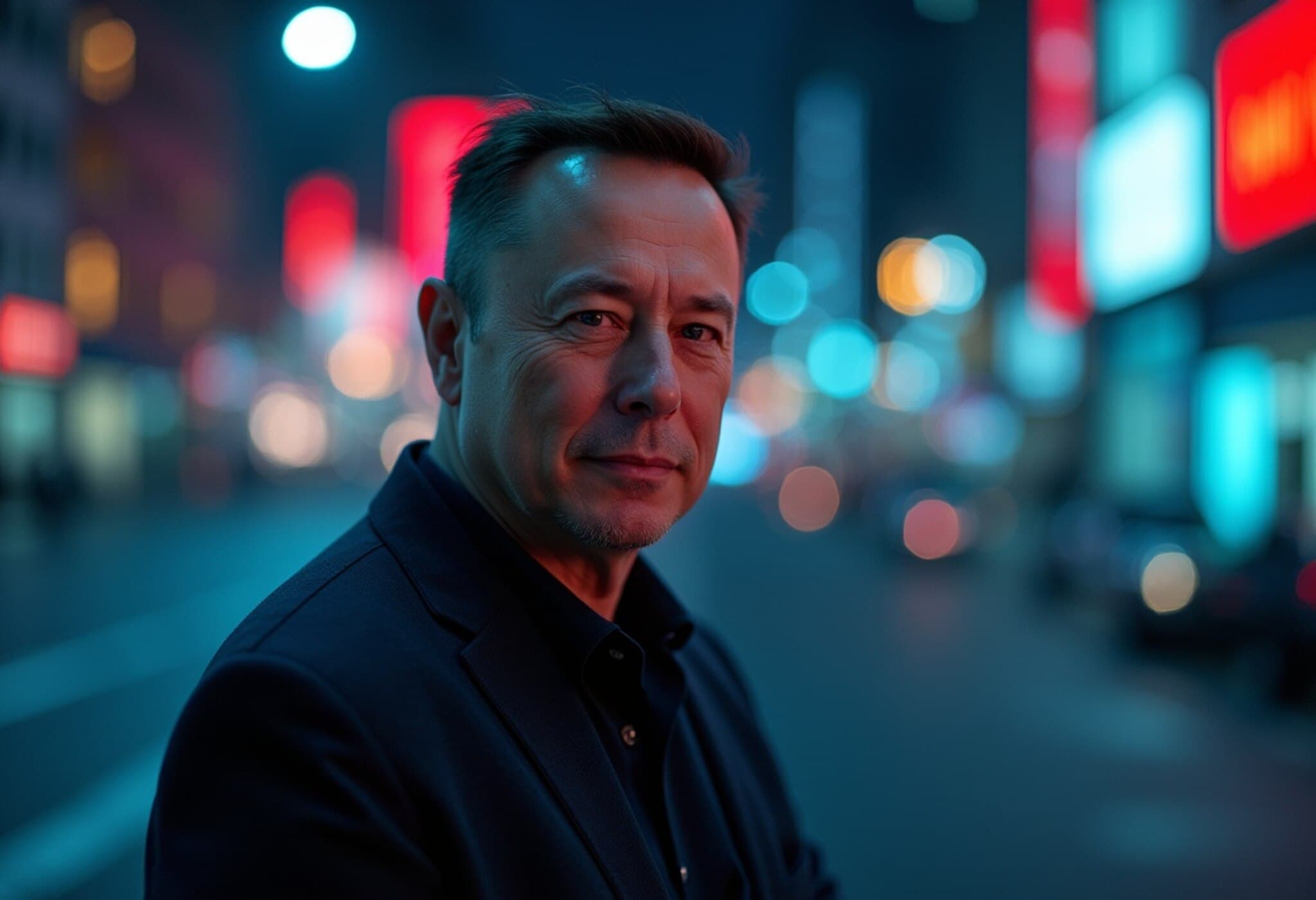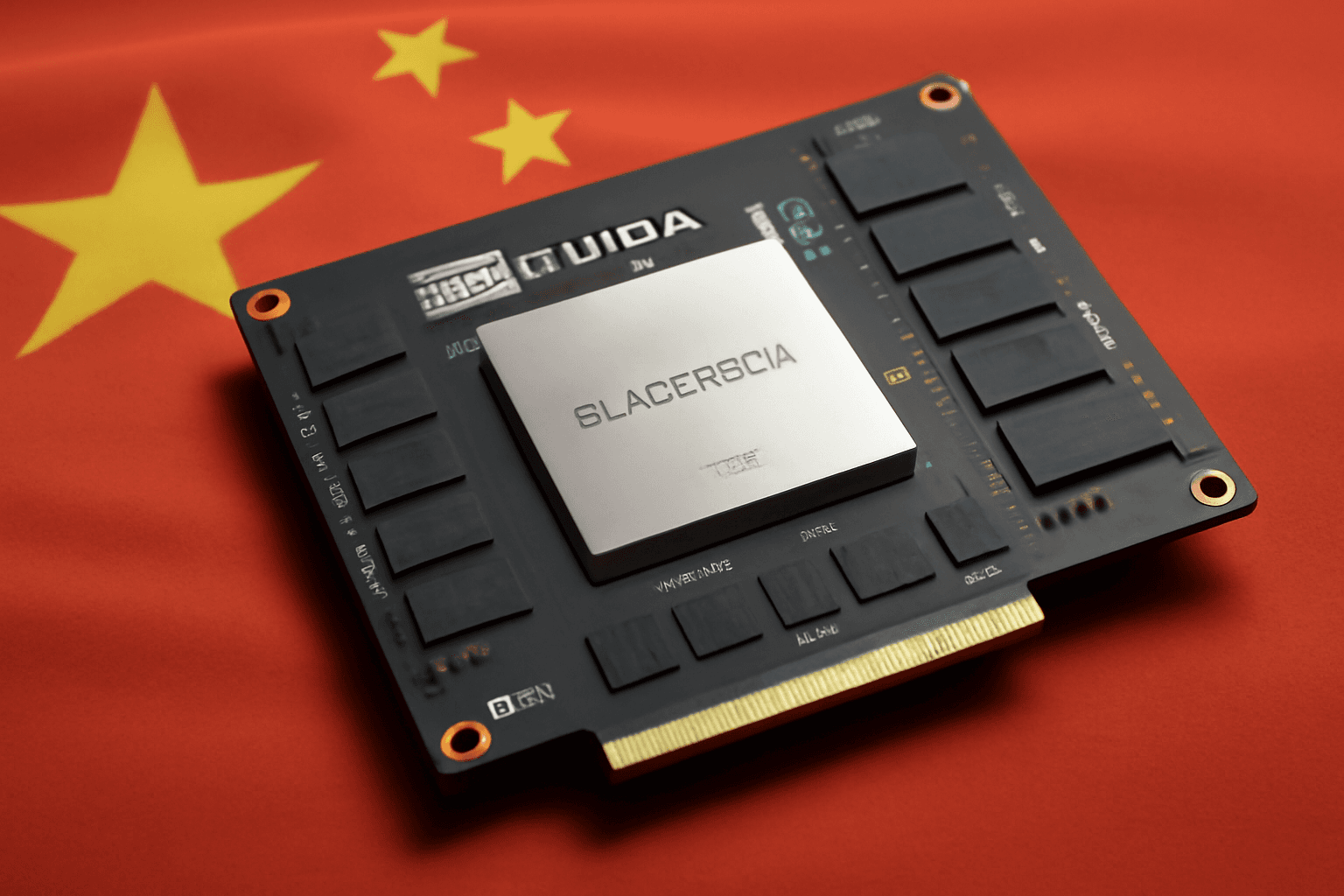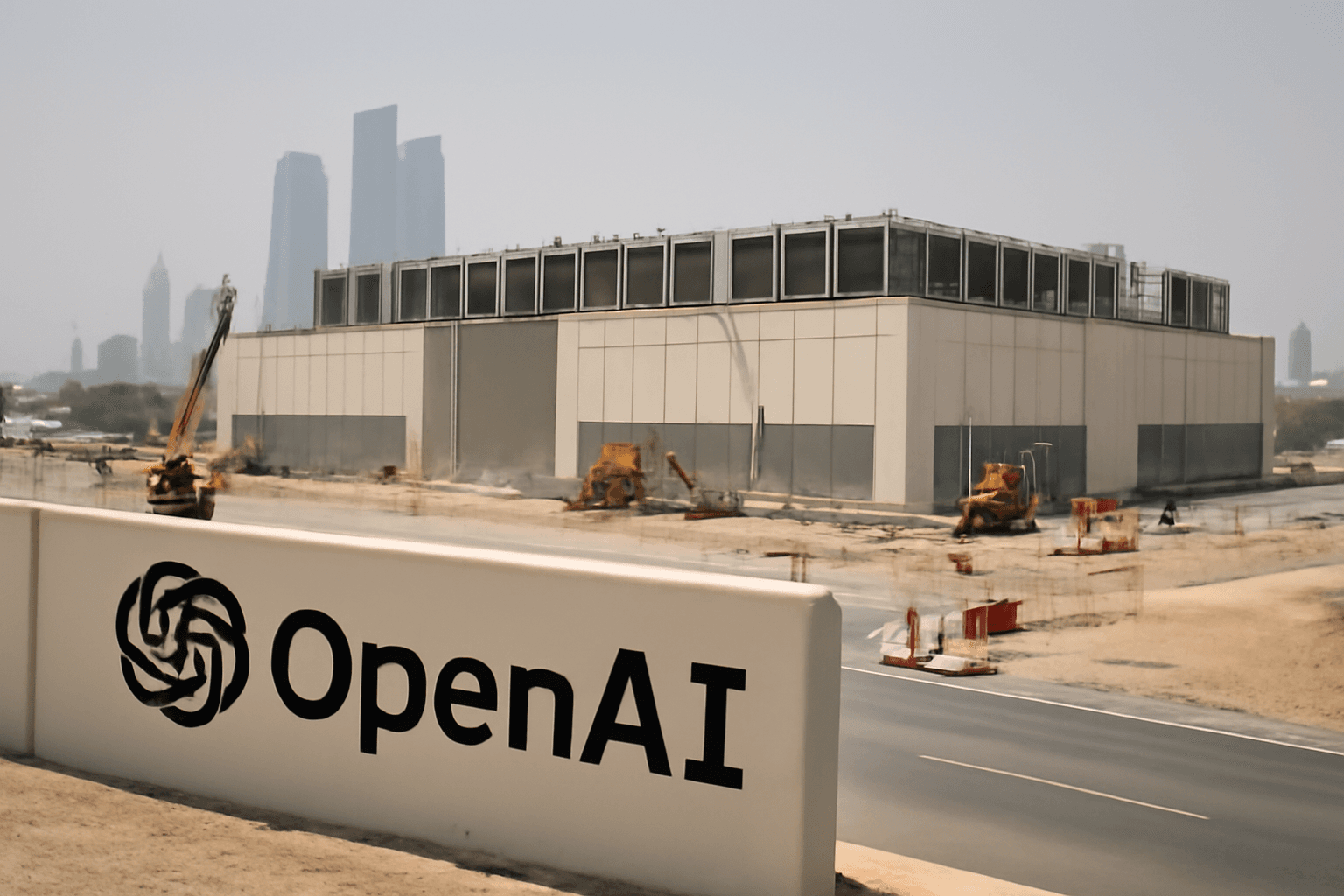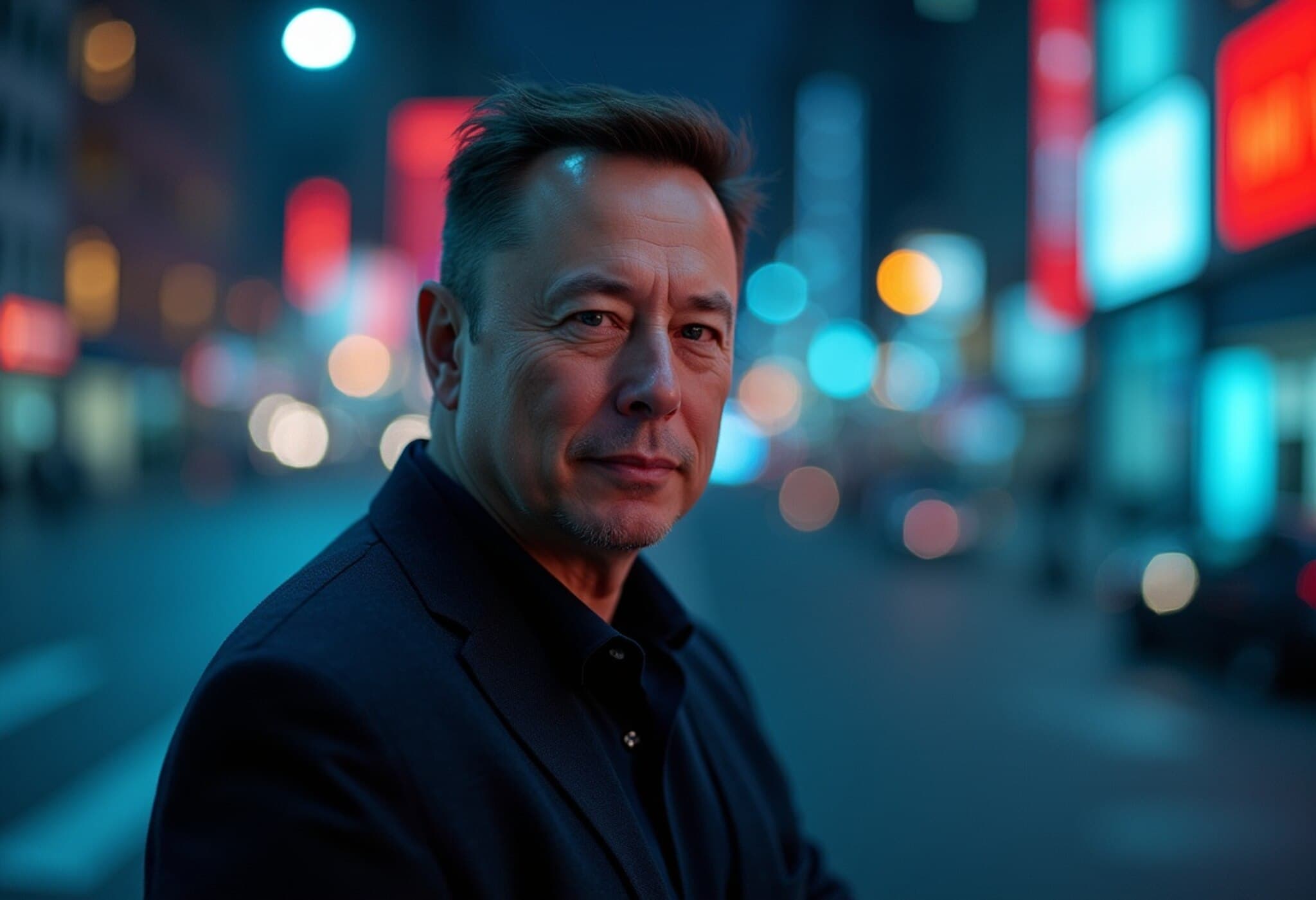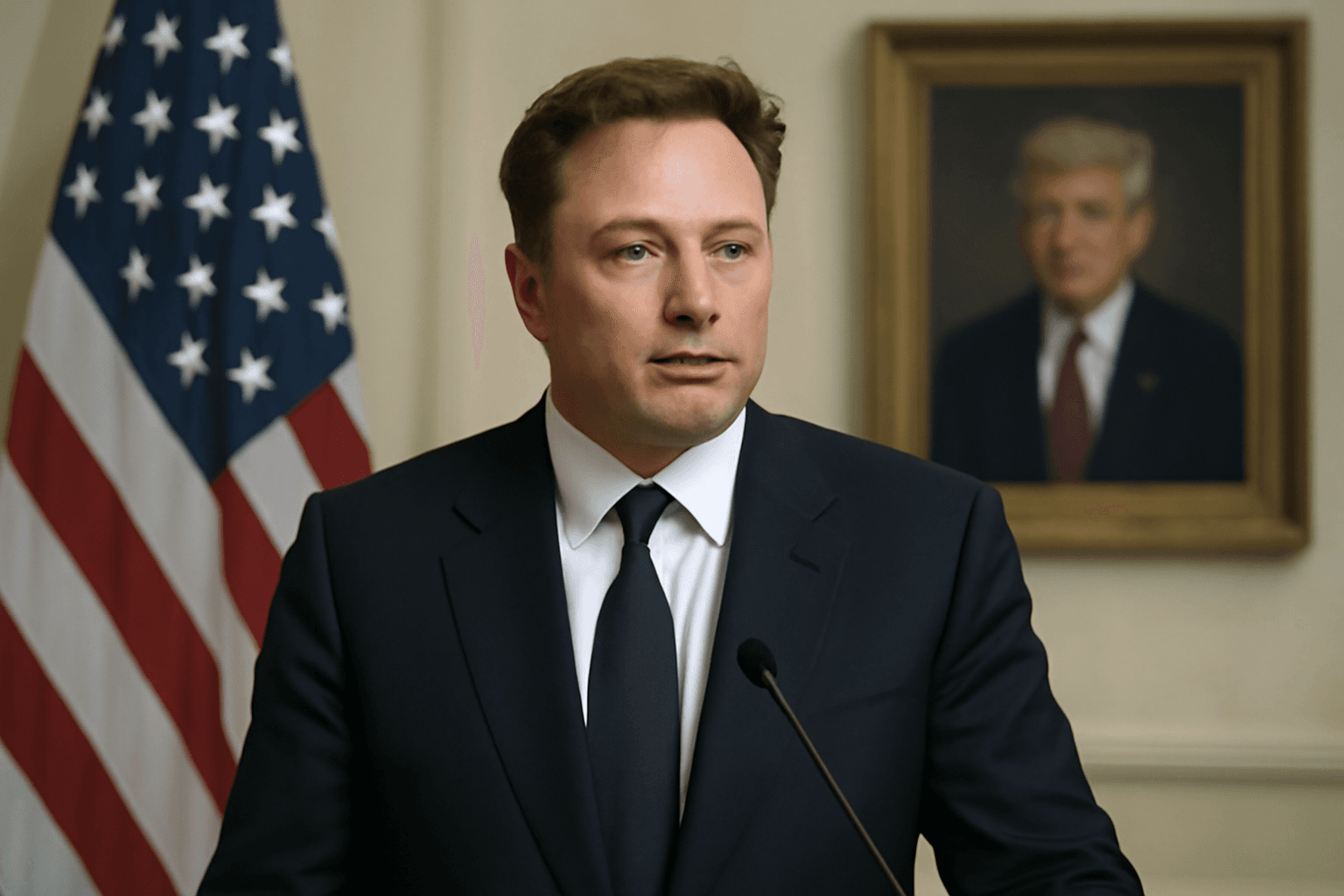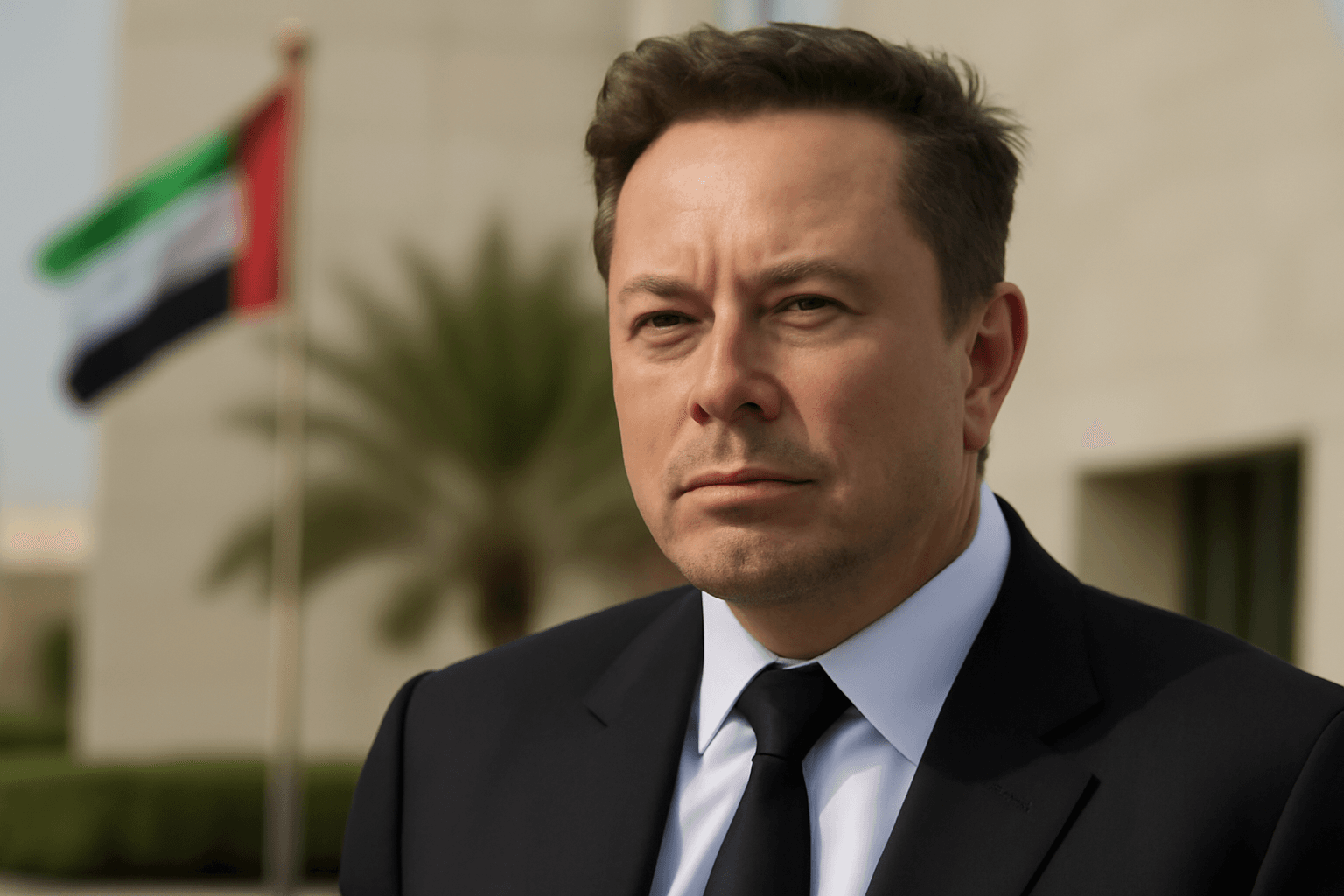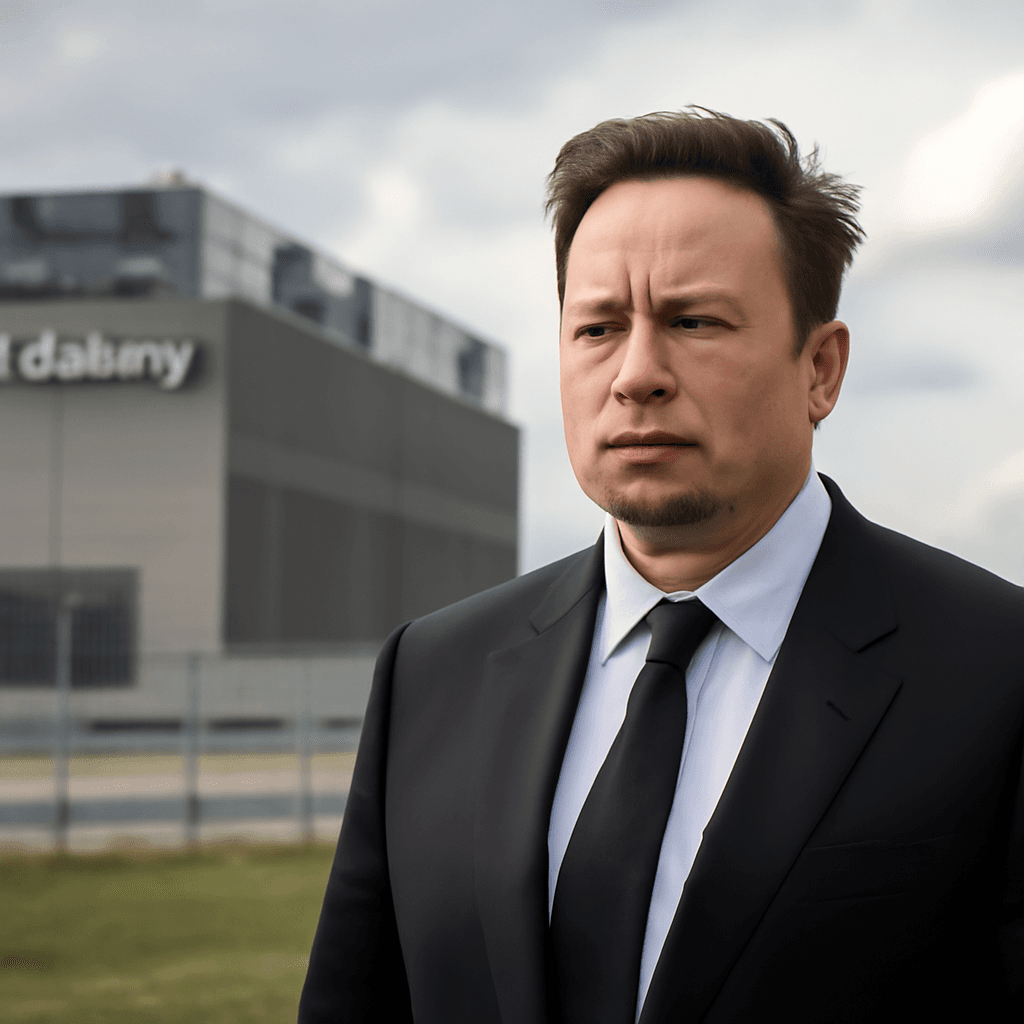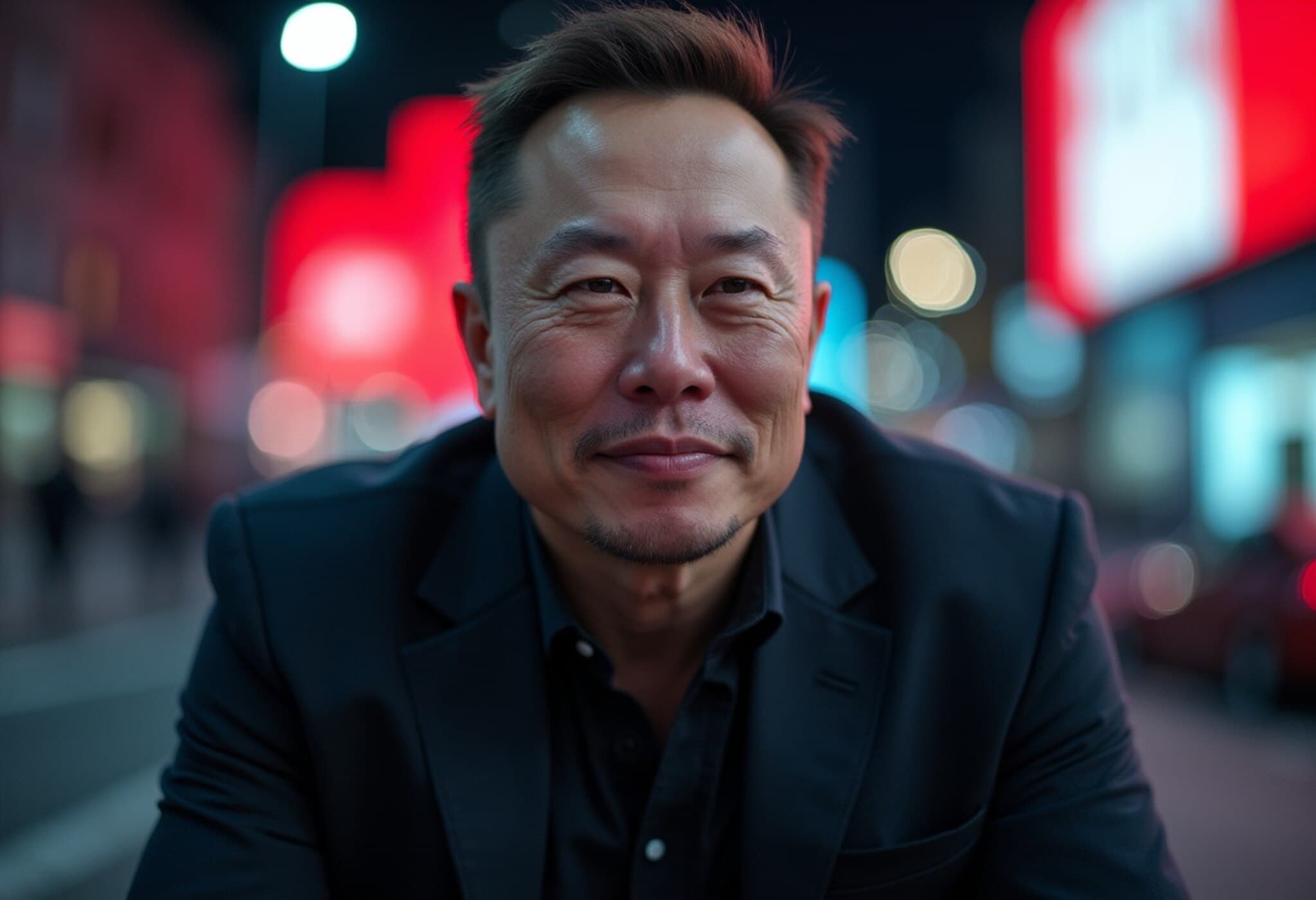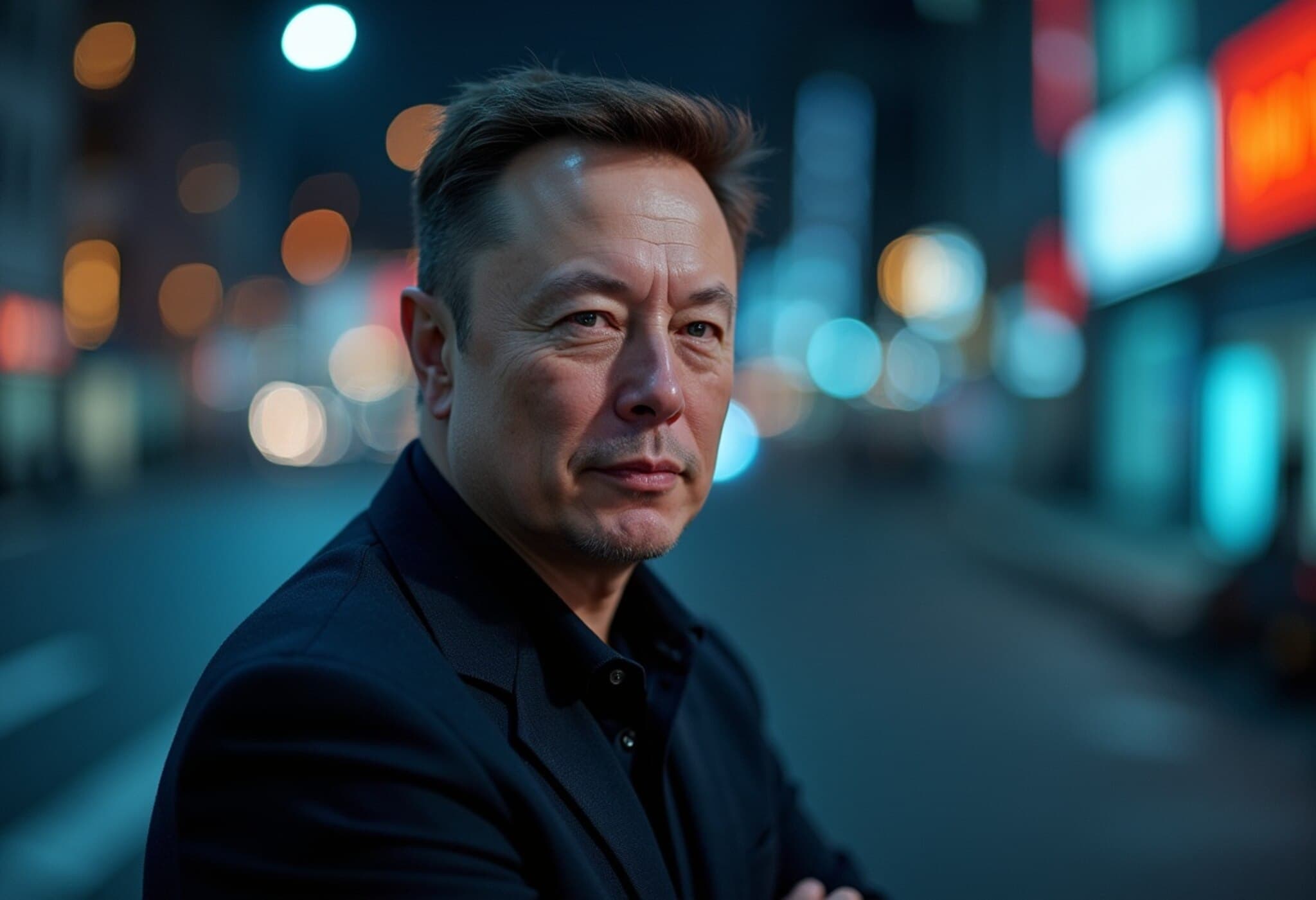Elon Musk’s xAI Faces Massive Monthly Cash Burn
Elon Musk’s artificial intelligence startup, xAI, is currently incurring a staggering cash burn rate of $1 billion per month as it ramps up investment toward developing cutting-edge AI models. This financial strain highlights the steep costs involved in the AI industry, where hefty spending on infrastructure and technology often outpaces revenue generation in the early stages.
Raising Billions to Keep AI Ambitions Alive
To bridge its widening financial gap, xAI is actively seeking to raise about $9.3 billion through a mix of debt and equity funding. But with plans to deploy more than half of this capital within just the next three months, the company’s expenses are accelerating swiftly.
Throughout 2025, xAI expects to exhaust approximately $13 billion to support its AI initiatives, including its flagship chatbot, Grok. Despite these enormous outlays, revenue streams remain limited — a challenge that xAI shares with many AI startups fiercely competing for technical supremacy.
The High Price of AI Innovation
These losses stem largely from the costs tied to constructing vast server farms and purchasing specialized computer chips vital for training advanced AI models. Industry estimates suggest that up to $1.8 trillion in capital may be poured into AI infrastructure by 2030 to satisfy growing computational demands.
"AI developers will continue raising debt and burning cash aggressively," says a technology analyst, emphasizing the intensely competitive nature of this market.
Revenue Growth Trails Behind Competitors
While Musk’s xAI presses forward, its revenue generation lags notably behind prominent rivals like OpenAI and Anthropic. Where OpenAI anticipates revenues around $12.7 billion in 2025, xAI’s income is projected at just $500 million this year, with a hopeful rise to over $2 billion next year.
Musk’s Financial Firepower and Strategic Advantages
xAI’s CEO, renowned entrepreneur Elon Musk, brings unparalleled financial resources and a long-term vision. Musk’s history shows a willingness to endure substantial losses during initial expansion phases, as seen with Tesla and SpaceX’s earlier years.
Furthermore, xAI benefits from exclusive access to infrastructure through Musk’s social media platform, X, which secured a significant inventory of high-performance chips. This arrangement offers cost savings and data advantages, as xAI plans to train its AI models utilizing X’s abundant, continuously updated data trove — a strategic edge over competitors who must purchase expensive datasets.
Ambitious Profitability Targets Amid Investor Backing
Bolstered by these strengths, xAI projects it will reach profitability by 2027, notably faster than OpenAI’s forecast for 2029. Investor confidence remains high, with the startup’s valuation climbing from $51 billion at the end of 2024 to approximately $80 billion in early 2025. Major investment firms like Andreessen Horowitz, Sequoia Capital, and VY Capital have contributed to funding rounds that have collectively raised over $14 billion since xAI’s 2023 inception.
Current Funding Push and Future Outlook
Despite this capital influx, xAI faces an urgent need to replenish funds quickly, having nearly exhausted its equity reserves from prior rounds early this year. The company is closing in on a new $4.3 billion equity raise and planning further capital raises totaling about $6.4 billion next year. Additionally, it is pursuing $5 billion in debt financing to expand data center infrastructure.
Efforts to secure funding have encountered some investor hesitancy, prompting xAI to provide more detailed financial disclosures and adjust terms to be more investor-friendly, which has improved interest.
Alongside this, the company may receive a $650 million manufacturer rebate to offset some expenses.
The Challenge Ahead
In sum, xAI represents a high-stakes gamble in the burgeoning AI sector, where massive upfront investments meet uncertain near-term returns. With Elon Musk’s backing and strategic positioning, the company aims to carve out a significant role in the AI race despite its current financial hurdles.

